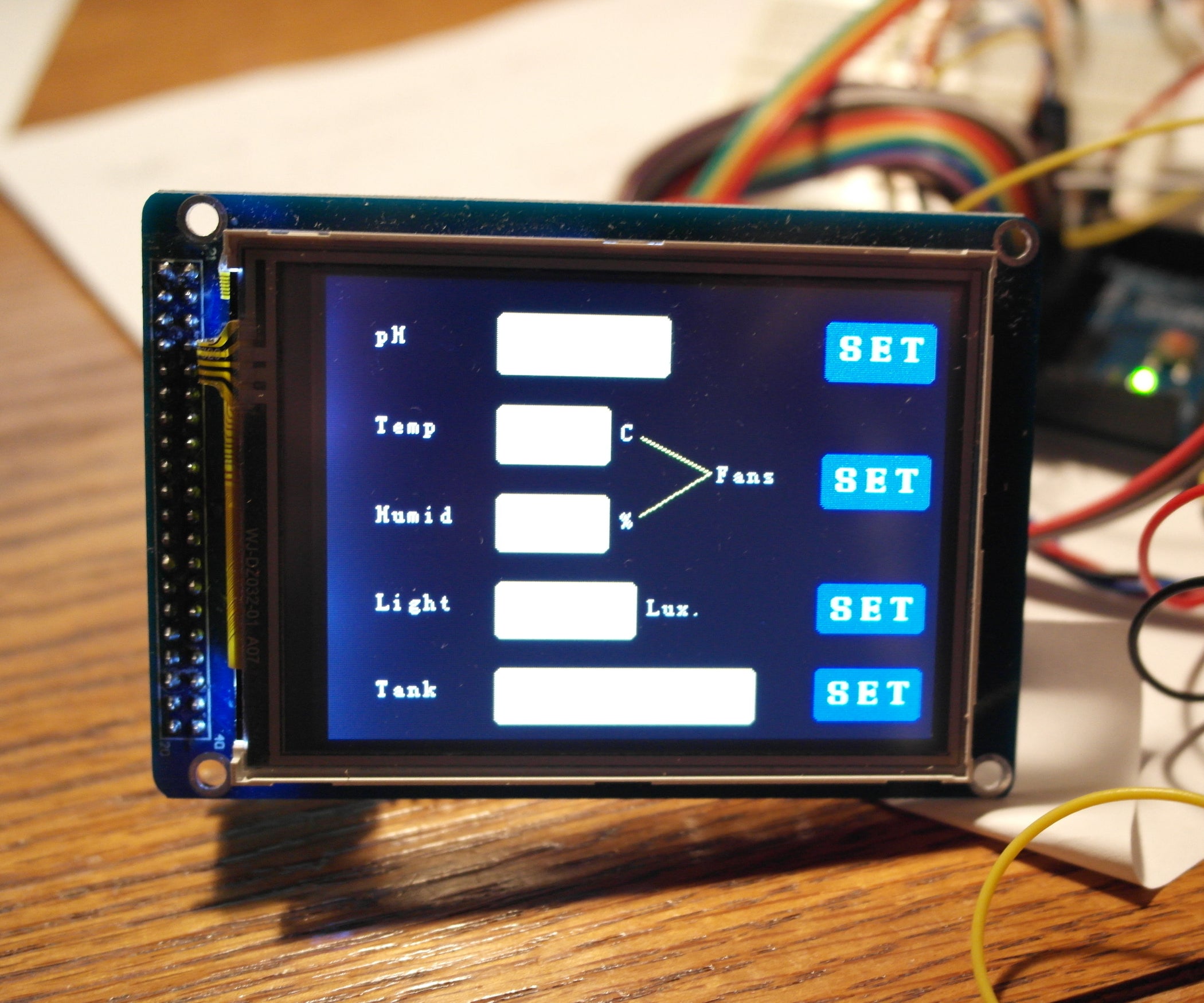The sensor
MUST NOT be dipped in the detecting liquid for a long time. Comment about EC Sensor by manufacturer.
I found many examples of PH meters, EC meters being interfaced to a Pi. You don't have to get it to work with NodeRed you just have to get it to work with a Pi or an ESP. In the case of RFID readers I run python code and have NR just run the script and grab data. With the Pi you have a full Linux computer so there aren't a lot of limitations. If you can get it to work at the command line, you can get it into NR one way or another.
I have issues with EC and PH automation to begin with. First off, if you are doing it with a small grow I would have to ask what the benefit to effort really is. I used to recirculate nutrients and screw with it and it worked but when I went to just mixing up a 55 gallon drum and doing drain to waste my life got a lot easier. I think the biggest problem lies in the limitations of the probes themselves. They need to be kept calibrated, leaving them in a solution may cause scaling or other problems. If you can get around that and you make very small adjustments continually I don't see a problem. This is where a PID controller comes in handy. You can put a lot of limits on it and force it to make changes as slowly as you want. I would PH adjust a 55 gallon drum, agitate for 10 minutes with a paint stirrer, get a reading I liked and the next day, totally different without touching it. PH changes can take a long time to settle. There are growing techniques which require recirculating nutrients, some of them are very effective so I would agree that in cases like NFT it is necessary. But damn it can be a pain if you are lazy.
The sensors I use for temp are usually one wire ds18b20 or the AM combo temp/humidity. They are cheap you can run as many as you want on one connection. They do have to be calibrated. Photo Infrared, pressure, flowmeter, magnetic switches, I2C Rfid readers. I have had little issue getting various sensors to work. Some are done directly through NR, some are done via command line, Python and the NR exec function. There is a lot of documentation, sample code etc. available for the Raspberry.
Most of the controls are just simple wifi relays via some sort of ESP8266. In the case of RFID readers they are connected directly to a Pi running NR. I have an installation which uses ESP's to run RFID readers and it works but I'm moving away from that because of reliability issues. I have a bunch of Sonoff 4CH's in waterproof boxes with one power cord in and 4 power cords out along with a port for sensors to be connected. They are water tight, cable glands etc. So far no problem overheating. These I use as generic controllers wherever I may need them. Since they are wifi they can be anywhere in the facility.
I also have some Pi Sticks which are used for prototyping. They have breakouts, relays, electrical sockets etc. If I have an idea or a need I will quickly rewire one of these to test it out before making a smaller prototype.

Most of the time I have found it easier to just have NR running on a virtual server and control the world via relays and wifi sensors. I will run NR on a pi in those situations where there are a lot of connections to the gpio pins or I need reliability and standalone. I have about a dozen Pi's running as security cameras in various locations. The reliability is phenomenal. They take a hell of a pounding 24/7 and just keep working. I had one Pi running HVAC in a commercial building and I had no issues with it locking up or doing stupid stuff.
I would not trust a single sensor to adjust PH. I would have a second one connected to a relay which would pull the plug on the whole thing and send out a notification if it thought things had gone out of range. I can just imagine a faulty sensor causing PH down to be dumped into the system or something like that. First and foremost, one must assume that something will go horribly wrong and failsafes must be built in for every possibility.
My experience is that people rely on technology too much and common sense and bullet proof solutions not enough. One should always give preference to an analogue solution unless it can be proved that the digital is in fact far superior. Tech companies sell crap people neither need nor understand for a living, that is their nature. Technology has an important placed but we often put it on a pedestal it does not deserve. It is also important that people control the technology they do use. If you are going to have technology, make sure you own it 100% and no ass hat company is going to decide to deprecate it and turn it into a fucking brick so they can sell you a new piece of shit. More than anything, that's why I like dealing with NR, RPi etc. It does what I want, not what fucking Google wants.



